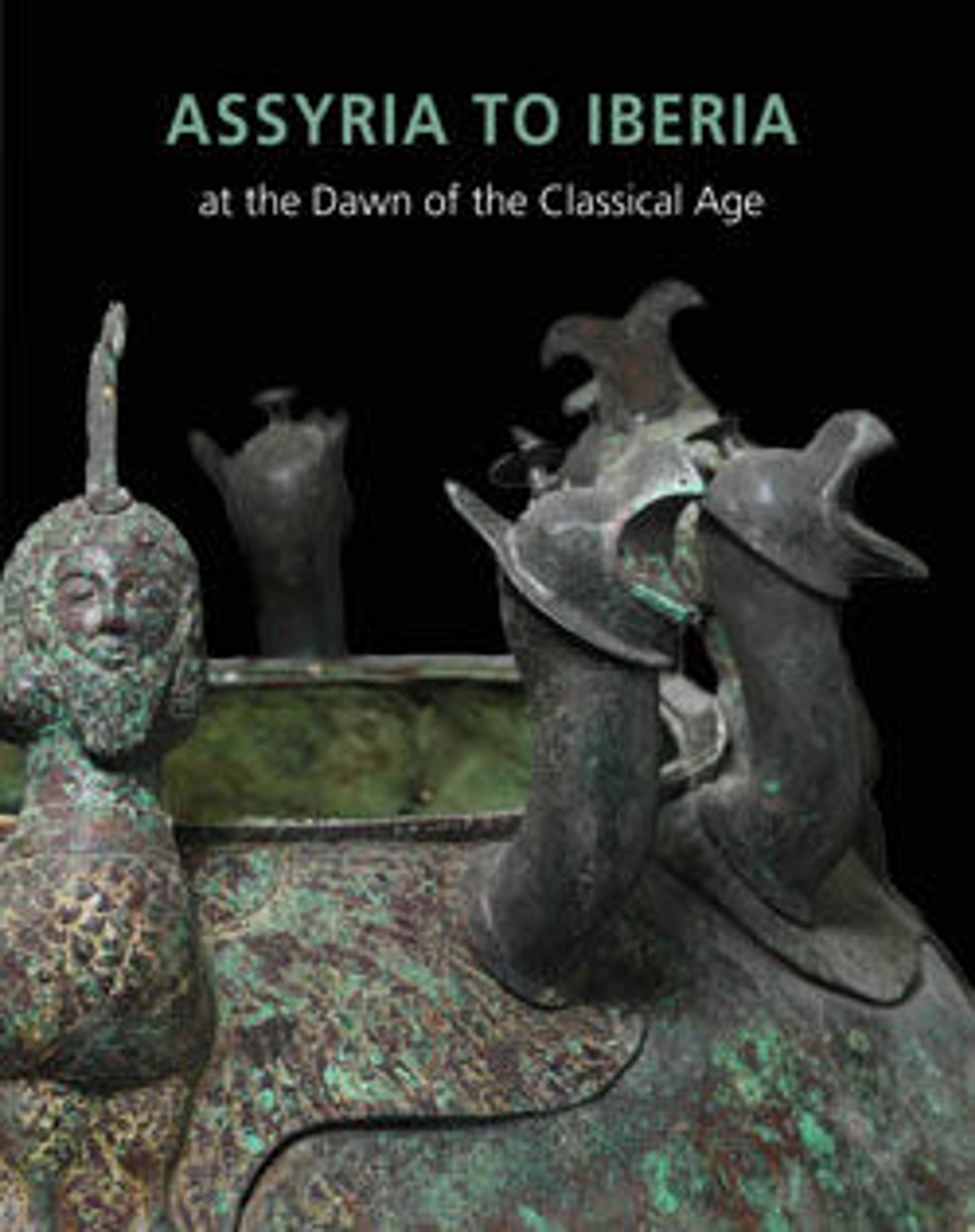Nude female figure
This type of pillar figurine is typical of those produced in great numbers in the kingdom of Judah at this time. Tell el-Duweir is ancient Lachish, the major fortified center in Judah that was destroyed by the Assyrian army under Sennacherib (701 B.C.). The city's fate is chronicled in the Bible and represented in wall reliefs from the Assyrian palace at Nineveh. This buxom goddess figurine with pillar base is nude and supports her breasts in her hands. The head is simply rendered with a short, tightly curled caplike hairdo articulated in ridges, and the facial features are mold-made and clearly articulated. This imagery and that on clay plaques with nude female figures probably represents fertility or mother goddesses. The figurines are found in domestic contexts and point to popular cults that coexisted with monotheistic Judaism. Outside influences are evident in the religion of ancient Israel and Judah at this time, and Syrian cults focusing on the worship of Asherah may have been an influence. Asherah was the wife of El, head of the Canaanite pantheon, and probably the mother of the gods in Canaanite and later Jewish tradition. Some literary evidence in ancient Israel even speaks of Asherah as the consort of Yahweh himself.
Artwork Details
- Title: Nude female figure
- Period: Iron Age II
- Date: ca. 8th–7th century BCE
- Geography: Levant, Lachish (modern Tell ed-Duweir)
- Culture: Israelite
- Medium: Ceramic
- Dimensions: 7 1/4 × 3 7/16 × 2 5/8 in. (18.4 × 8.8 × 6.7 cm)
- Credit Line: Gift of Harris D. and H. Dunscombe Colt, 1934
- Object Number: 34.126.53
- Curatorial Department: Ancient West Asian Art
More Artwork
Research Resources
The Met provides unparalleled resources for research and welcomes an international community of students and scholars. The Met's Open Access API is where creators and researchers can connect to the The Met collection. Open Access data and public domain images are available for unrestricted commercial and noncommercial use without permission or fee.
To request images under copyright and other restrictions, please use this Image Request form.
Feedback
We continue to research and examine historical and cultural context for objects in The Met collection. If you have comments or questions about this object record, please contact us using the form below. The Museum looks forward to receiving your comments.
